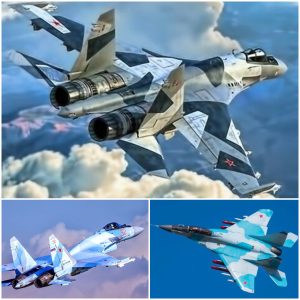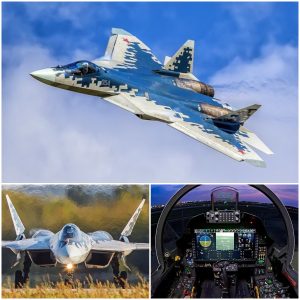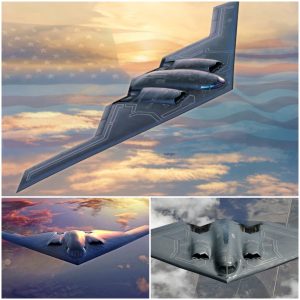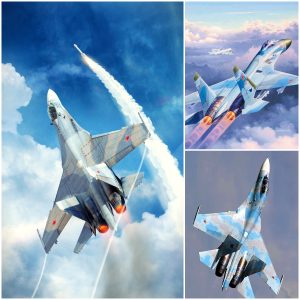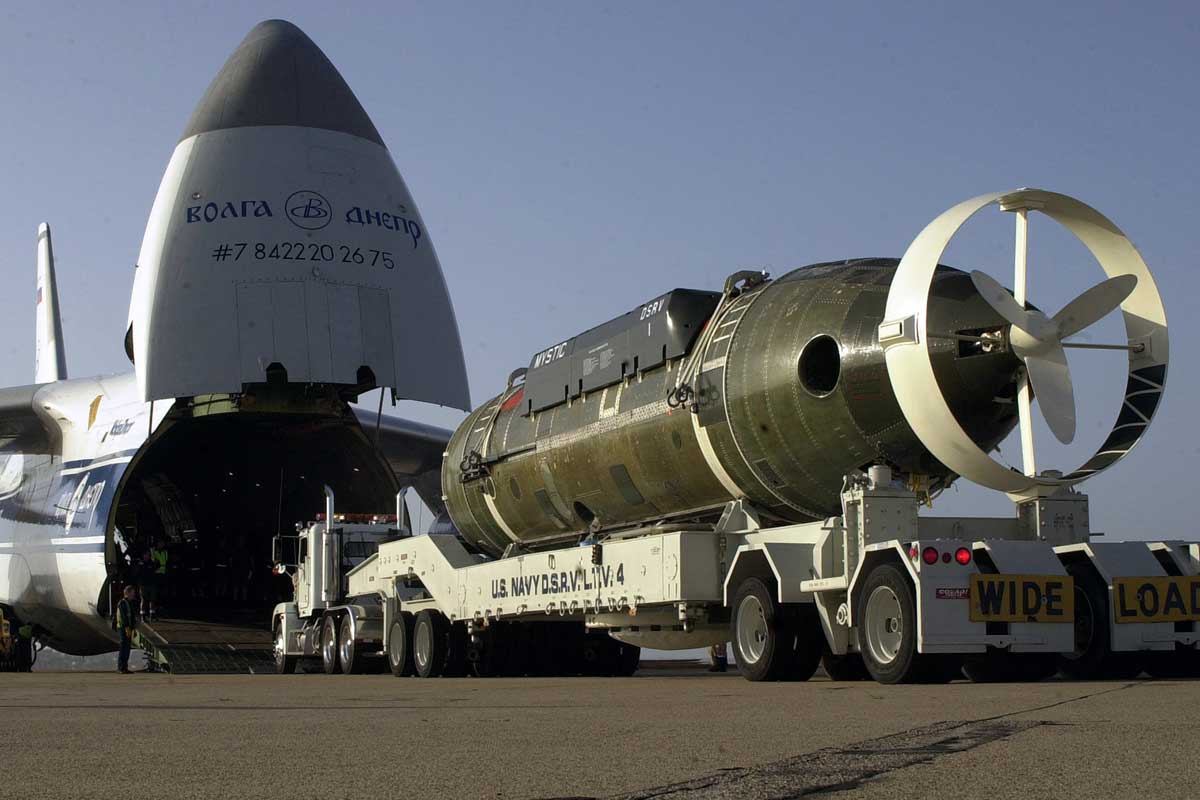
Manufacturer: Lockheed Missiles and Space, Co., Sunnyvale, CA.
Propulsion: Electric motors, silver/zinc batteries, one shaft Speed: 4 kts. Depth: Maximum: 5,000 feet (1524 meters). Crew: Two pilots, two rescue personnel and the capacity for 24 passengers.
Deep Submergence Rescue Vehicles perform rescue operations on submerged, disabled submarines of the U.S. Navy or foreign navies.
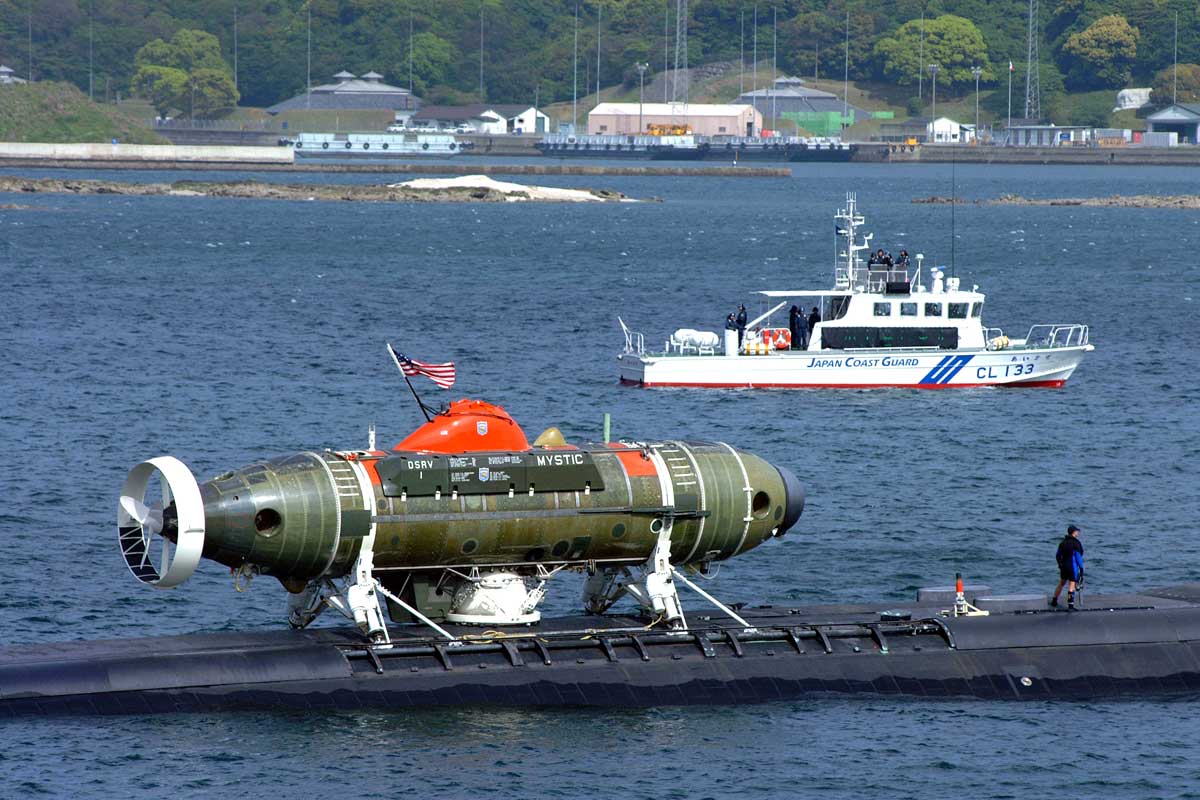
DSRVs are designed for quick deployment in the event of a submarine accident. DSRVs are transportable by truck, aircraft, ship, or by specially configured attack submarine. At the accident site, the DSRV works with either a “mother” ship or “mother” submarine. The DSRV dives, conducts a sonar search, and attaches to the disabled submarine’s hatch. DSRVs can embark up to 24 personnel for transfer to the “mother” vessel.
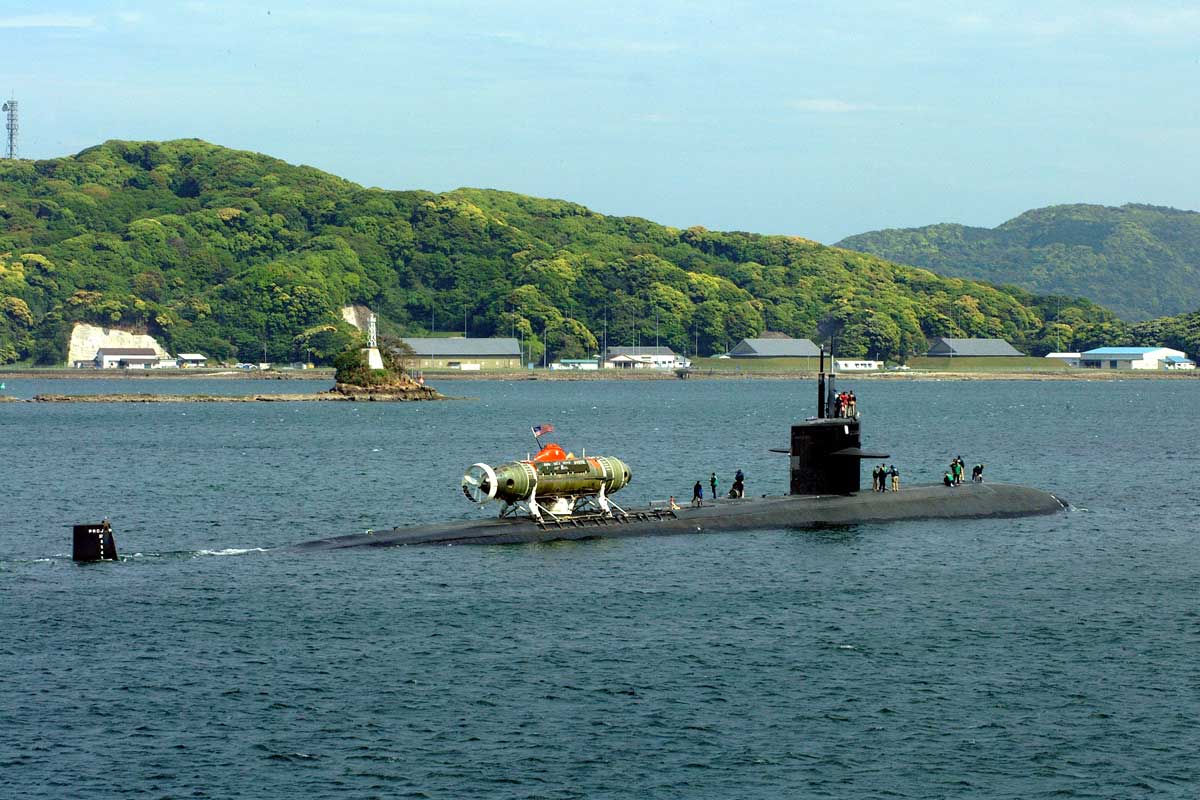
The DSRV also has an arm to clear hatches on a disabled submarine and a combined gripper and cable cutter. The gripper is able to lift 1,000 pounds.
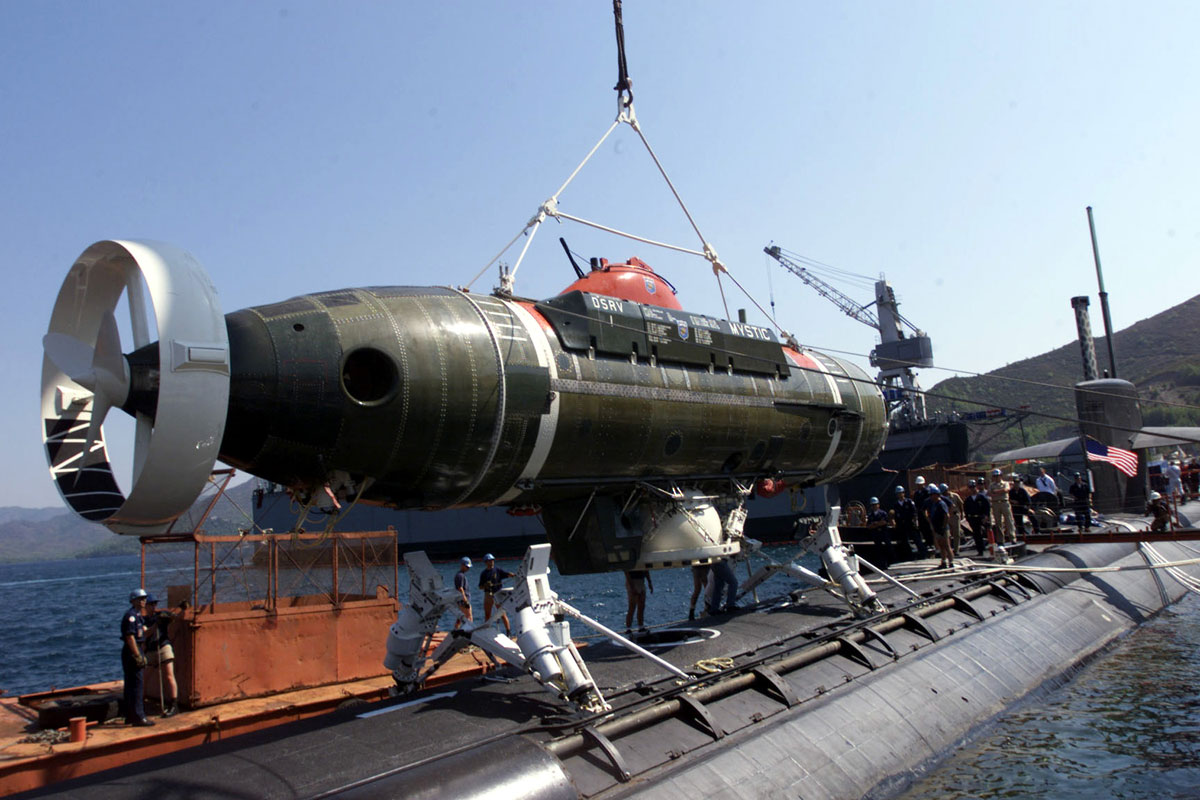
DSRVs were developed as a result of the USS Thresher submarine accident in 1963, when all hands were lost. At the time, submarine operating depths greatly exceeded the capabilities of rescue vessels. The Deep Submergence Systems Project contracted with Lockheed Missiles and Space, Co. to produce a deep diving rescue submarine, the first of which was launched in 1970.
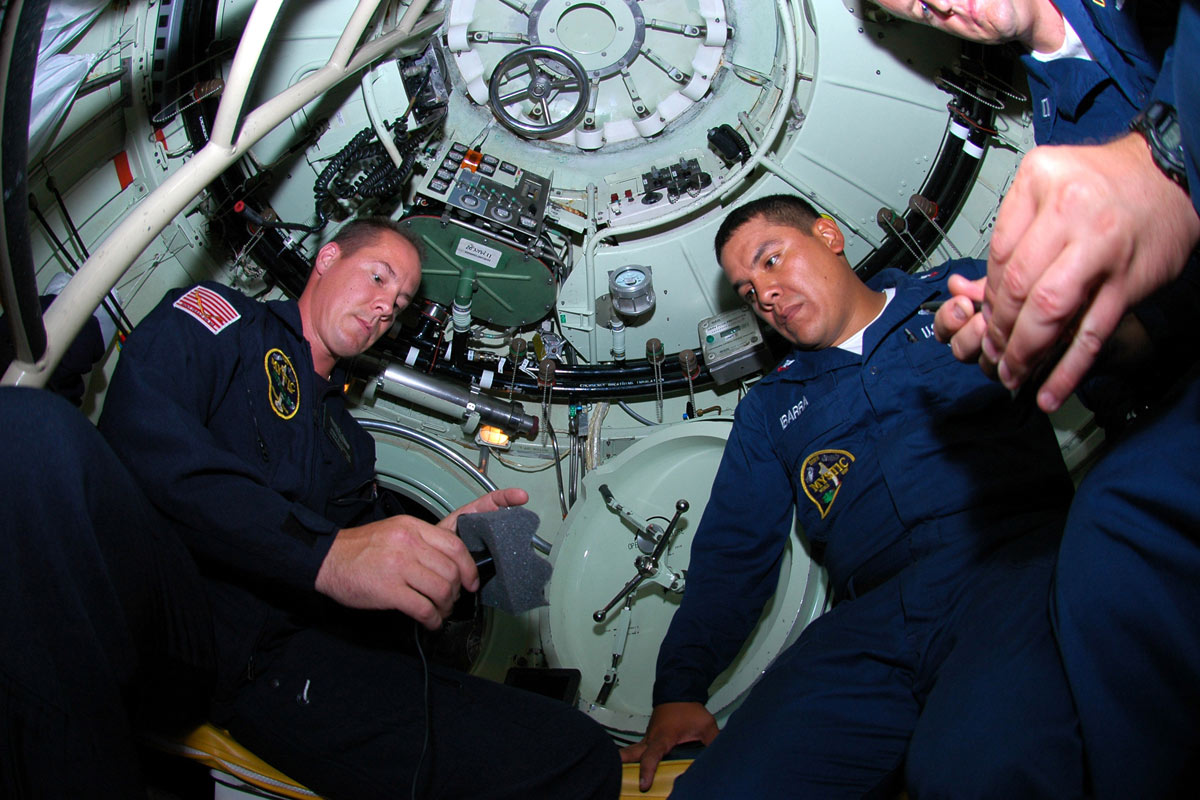
Ships in class:
Mystic (DSRV 1), No homeport
Avalon (DSRV 2), No homeport

